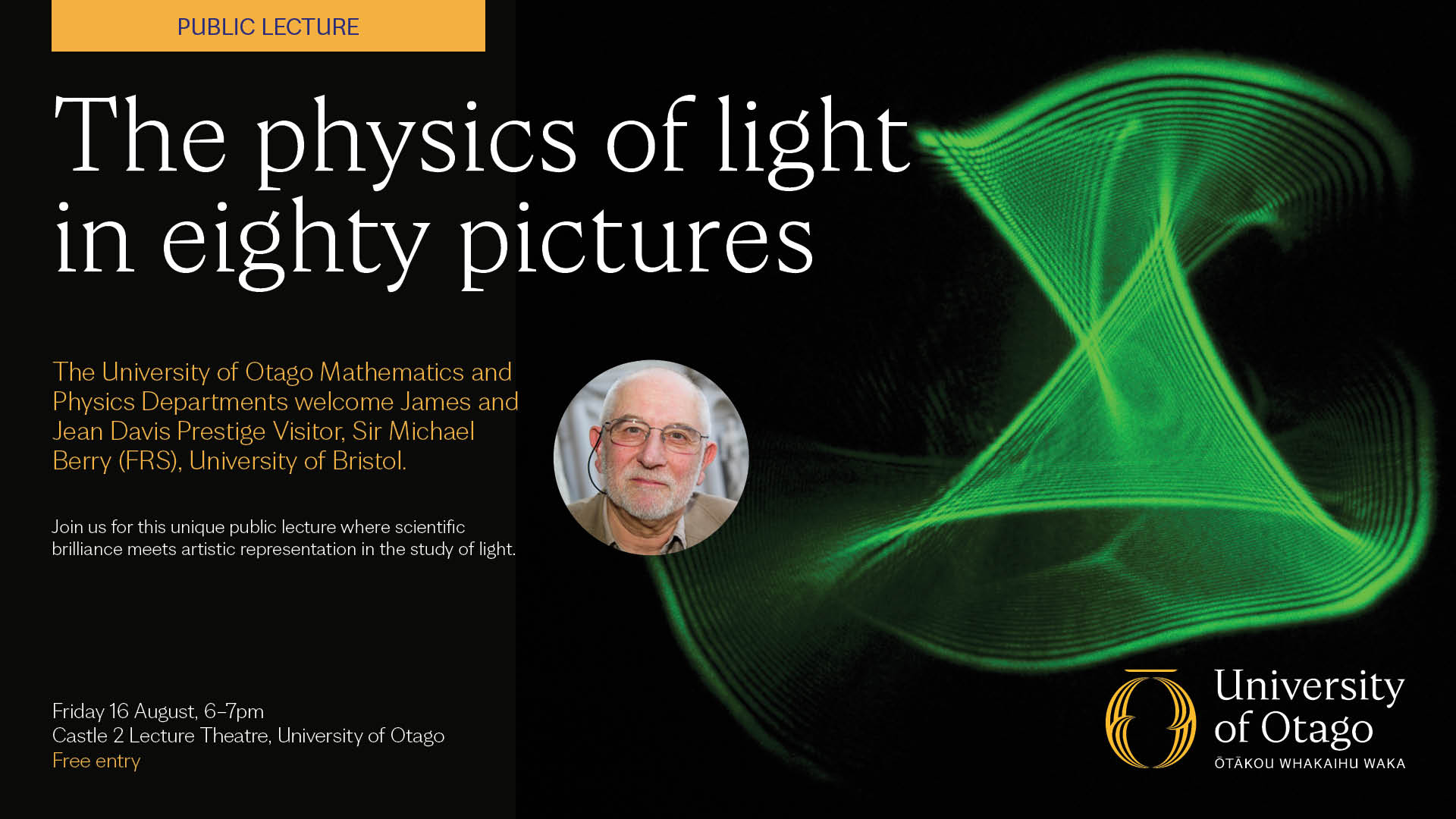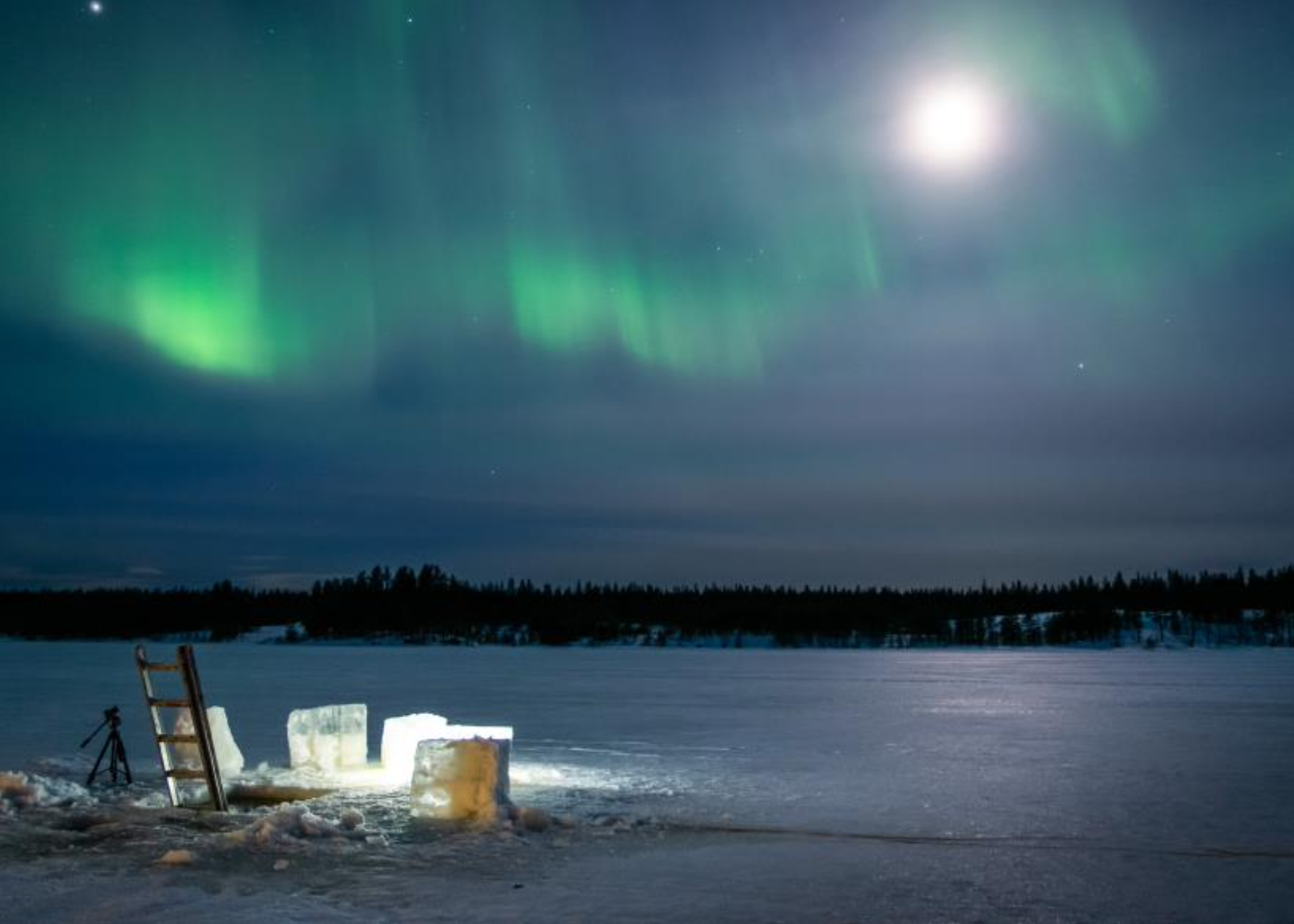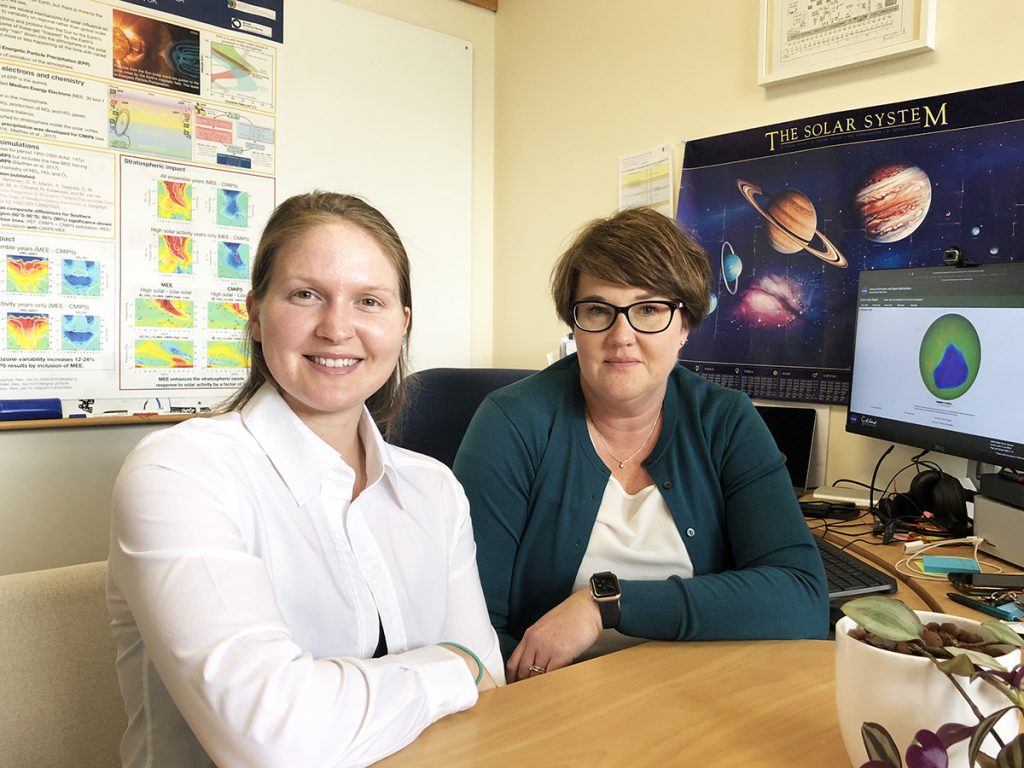Tim Molteno presents Steve Rawlins Lecture
Tim Molteno presented the prestigious Steve Rawlings Lecture, on “The Transient Array Radio Telescope, at the South African Radio Astronomy Observatory postgraduate conference 2024.
Tim is known for his innovative work in radio astronomy, particularly the development of the Transient Array Radio Telescope (TART). This low-cost, open-source telescope is designed to detect transient radio phenomena and is notable for its accessibility, using off-the-shelf components to create an advanced interferometer.
Congratulations Tim!
Sciences Divisional Awards 2024
Congratulations to Blair Blakie and Hannah Kasenich for their divisional awards 2024!
Outstanding Researcher
Professor Blair Blakie, Department of Physics
Professor Blair Blakie is a globally recognised leader in theoretical condensed matter physics, known for his groundbreaking research in ultra-cold atomic systems. His recent work on dipolar supersolids has advanced our understanding of their characteristics and confirmed earlier predictions about quantum droplets in collaboration with an international experimental team. This work is published in the leading physics journal, Physical Review Letters. Blair has six Marsden grants, and his contributions have attracted significant attention, including an invitation to speak at Harvard University last year. While serving as Head of Department, Blair continues to advance the frontiers of theoretical physics and he’s committed to nurturing the next generation of scientists, both which underscore his invaluable contributions to the academic community.
Best Research Paper (Postgraduate): Fundamental
Hannah Kessenich, Department of Physics
Hannah Kessenich’s research on the Antarctic ozone hole has made a significant impact in atmospheric science, that attracted widespread media attention. Her groundbreaking paper that was part of her PhD, reveals that despite the Montreal Protocol reducing the use of ozone depleting substances, the ozone hole has grown larger and deeper since 2004, contradicting expectations of recovery. Her analysis shows the hole has been among the largest on record over the period 2020-2022, with significantly less ozone in the centre during mid-spring. Hannah’s careful work challenges prevailing assumptions and provides crucial insights into the complexities of stratospheric dynamics and environmental policy. Published in the journal Nature Communications, the paper received considerable international media attention from CNN to the ODT, and Hannah was interviewed by several outlets including morning TV news shows.
Marsden Fund success 2024
Congratulations to Otago Physics awardees of the 2024 Marsden round:
- Professor Niels Kjaergaard and Dr Matthew Chilcott, Physics, $941,000, Modifying the transmission of light through quantum-controlled light scattering
- Associate Professor Harald Schwefel and Dr Nicholas Lambert, Physics, $941,000, Exceptional control of quantum states: non-Hermitan physics and magnon-polaristons near exceptional points
- Dr Michael Taylor, Physics,$942,000, Improving the technology used to measure abnormal stiffness in cells by using sculpted light at a microscopic scale
- Dr Florian Sedlmeir, Physics, $360,000, Using frequency-comb spectroscopy to transform an optical spectrum into the digital domain in near real-time
The University of Otago press release has more information
https://www.otago.ac.nz/news/newsroom/funding-for-healthy-start-to-school-study
Petra Fisher awarded Woolf Fisher Scholarship
Petra Fisher, Physics BSc (Hons) student at Otago, is one of four Woolf Fisher Trust scholarship awardees for New Zealand in 2025. The prestigious scholarship will fund Petra’s doctoral research at the University of Cambridge.
 Petra’s PhD research in physics will explore astrophysical fluid dynamics associated with the formation and dynamics of galaxies and accretion discs.
Petra’s PhD research in physics will explore astrophysical fluid dynamics associated with the formation and dynamics of galaxies and accretion discs.
Petra has already had a distinguished career at Otago, gaining Beverly Bursaries (2021,2023,2024), and a University of Otago Prestige Scholarship in Science (2023).
Congratulations Petra! We wish you all the best for your doctoral studies, and will be keenly following what you do next.
Petra’s research articles while at Otago:
https://doi.org/10.1093/mnras/stad1506
https://doi.org/10.1029/2023SW003731
Woolf Fisher prize in the news
https://www.otago.ac.nz/news/newsroom/sciences-students-receive-woolf-fisher-scholarships
https://auckland.scoop.co.nz/2024/10/2025-woolf-fisher-scholarship-recipients-announced/
https://www.odt.co.nz/news/dunedin/campus/pair-cambridge-scholarships
Sir Michael Berry: James and Jean Davis Prestigious Visitor of the University of Otago
Sir Michael Berry, distinguished British physicist, renowned for his groundbreaking contributions to the field of quantum mechanics and wave phenomena has visited New Zealand as a James and Jean Davis Prestigious Visitor of the University of Otago.
Professor Berry’s work has had profound implications in various disciplines, including optics and condensed matter physics. He is perhaps best known for formulating the Berry phase, a fundamental concept in quantum mechanics that describes how the phase of a quantum state evolves when the system is adiabatically transported around a closed path in parameter space. This concept has not only enriched theoretical physics but has also found applications in areas such as molecular dynamics, quantum computing, and materials science.
Professor Michael Berry
Solar Tsunamis ravage earth
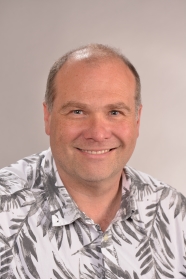 An extremely large “G5” geomagnetic storm occurred on Saturday 11 May 2024, leading to widespread aurora seen all over the country and all over the globe.
An extremely large “G5” geomagnetic storm occurred on Saturday 11 May 2024, leading to widespread aurora seen all over the country and all over the globe.
Extreme space weather can strike at any time, and New Zealand has to be ready. Professor Craig Rodger leads an international team of scientists working on making New Zealand’s energy infrastructure able to withstand large space weather events like Saturday’s geomagnetic storm. The Solar Tsunamis Endeavour Programme led out of the University of Otago Physics Department helped Transpower design their space weather response plan which was enacted for the first time during this event.
Waves in a Plasma Ocean: Wave-Particle Interactions Throughout the Solar System
Associate Professor Allison Jaynes
University of Iowa
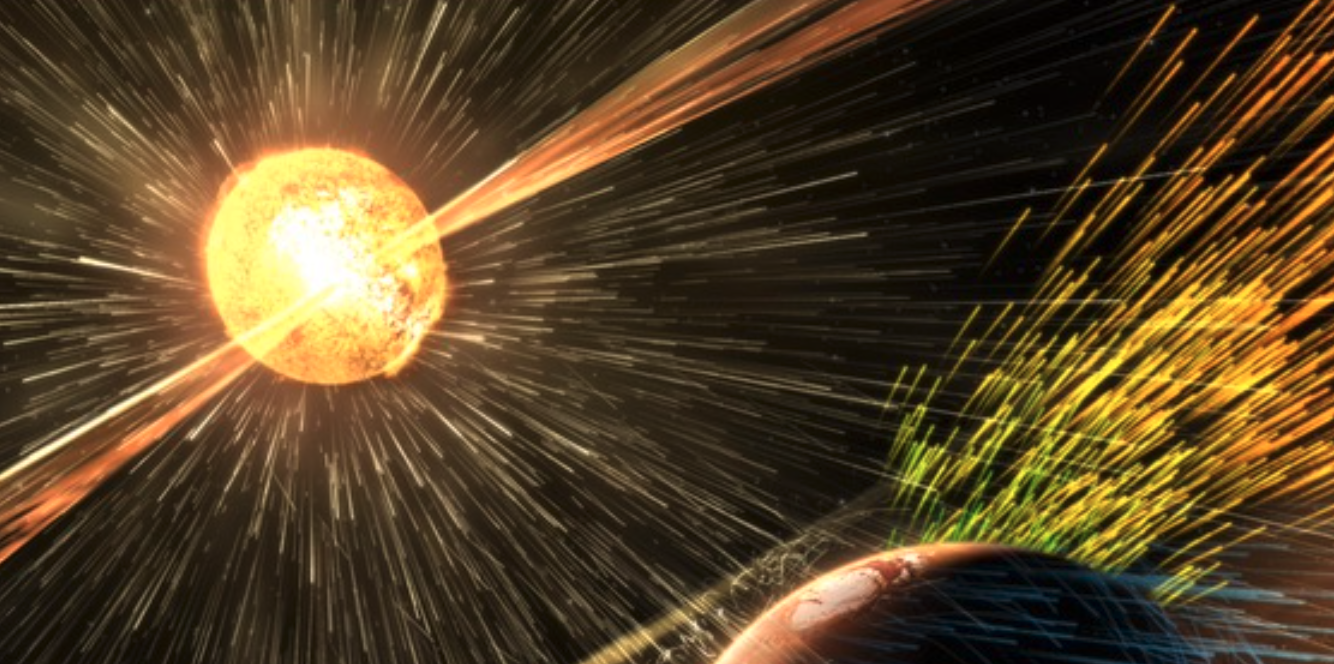 All planetary and smaller bodies in our solar system are embedded in a sea of plasma, like boulders in a terrestrial ocean. Their surfaces or magnetic fields run into this ocean of space plasma, generated primarily by our Sun, and create a whole range of fascinating effects as a result.
All planetary and smaller bodies in our solar system are embedded in a sea of plasma, like boulders in a terrestrial ocean. Their surfaces or magnetic fields run into this ocean of space plasma, generated primarily by our Sun, and create a whole range of fascinating effects as a result.
The American Physical Society’s Katherine E. Weimer Award winner talks about the plasma ocean of our solar system, from aurora and “killer electrons” to the furthest reaches of space exploration.
This talk will be accessible to all backgrounds, knowledge of Physics not required.
WEDNESDAY 17 April, 5:00PM, Archway 3, University of Otago
Unveiling the secrets of the aurora and other dark-sky emissions
Dr Maxime Grandin
Academy of Finland Postdoctoral Researcher
Finnish Centre of Excellence in Research of Sustainable Space (FORESAIL) Department of Physics
University of Helsinki
Finland
A fascinating natural phenomenon, auroral displays are the result of the interaction between charged particles precipitating from space and the upper atmospheric constituents. Characterising the fluxes of precipitating particles and understanding the mechanisms behind optical emissions still proves challenging and is an active field of research in space physics. After briefly introducing the chain of processes starting at the Sun and leading to auroral emissions in the Earth’s atmosphere, I will focus on two of my ongoing research interests. First, I will discuss how the precipitating electron fluxes have different properties depending on where they occur in the auroral oval. Second, I will talk about how participatory science is becoming a powerful way to gain new insight into dark-sky emission processes, and review recent discoveries it has enabled in space physics. I will advertise an ongoing collaboration aiming at internationalising participatory science initiatives and connecting the communities of aurora hunters together.
WEDNESDAY 6 MARCH, 12:00PM, ROOM 314 SCIENCE III BUILDING
Potential drivers of the recent large Antarctic ozone holes
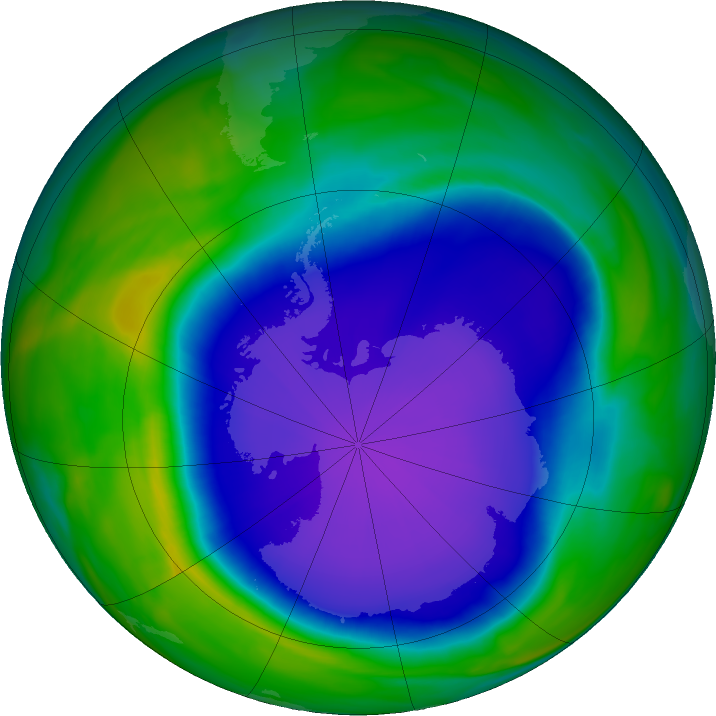 Despite public perception, the Antarctic ozone hole has been remarkably massive and long-lived over the past years, and University of Otago researchers believe there are factors beyond CFCs that are contributing. In their ground breaking work just published in Nature Communications, University of Otago Physicists Hannah Kessenich, Annika Seppälä, and Craig Rodger analysed ozone levels from 2004 to 2022, and found there is much less ozone in the centre of the Antarctic ozone hole compared to 19 years ago. While overall Antarctic ozone is recovering due to the Montreal Protocol that banned the harmful ozone depleting CFCs, the slow ozone recovery is focused on the outer parts of the ozone hole.
Despite public perception, the Antarctic ozone hole has been remarkably massive and long-lived over the past years, and University of Otago researchers believe there are factors beyond CFCs that are contributing. In their ground breaking work just published in Nature Communications, University of Otago Physicists Hannah Kessenich, Annika Seppälä, and Craig Rodger analysed ozone levels from 2004 to 2022, and found there is much less ozone in the centre of the Antarctic ozone hole compared to 19 years ago. While overall Antarctic ozone is recovering due to the Montreal Protocol that banned the harmful ozone depleting CFCs, the slow ozone recovery is focused on the outer parts of the ozone hole.
The Otago team used 20 years of satellite data from the Microwave Limb Sounder instrument on the NASA Aura satellite (https://aura.gsfc.nasa.gov) to identify what drivers the continued ozone depletion in the ozone hole core, and their study highlights the pressing need for comprehensive and ongoing monitoring of the ozone hole due to the critical role the ozone layer plays in protecting life on earth.



